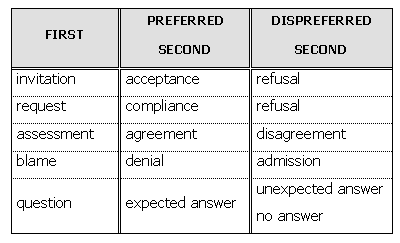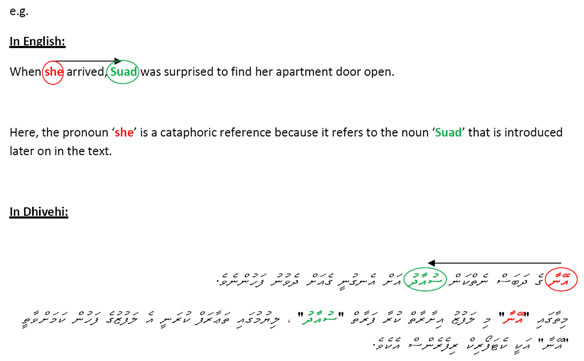According to Levinson (1983) unlike a sentence, a conversation is not a structural product – it is rather the result of the interaction between two or more independent, goal-directed individuals,
with often divergent interests.
Conversation Analysis (CA), the study of talk in interaction (inspired by ethnomethodology) was developed in the 1960s and early 1970s principally by the sociologist Harvey Sacks and (among others) Emanuel A. Schegloff and Gail Jefferson who were his close associates.
Though Sacks died early in his career, his work was further developed by others in the field and CA has now become an established methodology in linguistics, sociology, anthropology, speech-communication and psychology.
Conversation analysts study all kinds of conversations – not just casual chat among friends as we may perhaps think of at first.
Conversation analysts examine how talk makes things happen – be it in social life, business interactions, healthcare, education, leisure, politics:
Among the things that CA generally attempts to describe are:
– orderliness
– structure
– sequential patterns
CA is a unique field of study within linguistics, but we shall only skim on the surface and look at the basics.
What we will focus on are:
1. turn-taking oragnization
2. sequences
a. adjacency pair
b. insertion sequence
c. pre-sequence
d. post-sequence
3. repair
a. self-initiated self-repair
b. self-initiated other-repair
c. other-initiated self-repair
d. other-initiated other-repair
4. action formation
a. speech acts
b. conversational principles (adherence and violation)
Turn-taking oragnization
A turn is a time during which one participant speaks, within a typical, orderly arrangement.
Usually participants take turns in a manner where there is minimal overlap and gap between them.
Turn-taking is one of the fundamental organizations of conversation.
Sequences
a. adjacency pairs
An adjacency pair is a unit of conversation that comprises an exchange of one turn each by two speakers which are:
– adjacent
– produced by different speakers
– ordered as a first and a second
– a first requires a second
In adjacency pairs there are preferred and dispreferred seconds for a first:

The production of a dispreferred second generally requires more conversational effort than a preferred second.
e.g.
invitation: Fuad: Shall we go for a coffee after class?
acceptance: Haseena That would be great.
invitation:
Fuad: If you would come to my place after class,
I will make you lunch.
acceptance:
Haseena: (laugh) that’s awfully sweet of you!
but I don’t think I can make it this afterfoon …
uhm I’ve got to hand in an assignment tomorrow morning
and I still have some last minute editing to do.
There are situations in which a ‘disagreement’ counts as a preferred second following an assessment:
e.g.
assessment: Basheera: This looks awful on me doesn’t it?
Disagreement: Husny Don’t be silly. You look gorgeous in it!
b. Insertion sequence
An insertion sequence is a sequence of turns that intervenes between the first and second parts of an adjacency pair.
Kamana: Konthaakah? A (question)
Gamaru: Oh hi1 it’s you dho?
Kamana: (laugh) who’d you think it was? (insertion sequence)
Gamaru: Haleema! Mi dhanee ge ah A (answer)


Wel….it is v helpful for linguistic stds….But if it the topics are more eloavorated and if the information is up to date, (realting to the course) it would be much helpful
Hi deadfella, thanks for the comment. The notes are up to date in relation to the courses I teach currently. If you need something specific for yourself, please feel free to ask 🙂